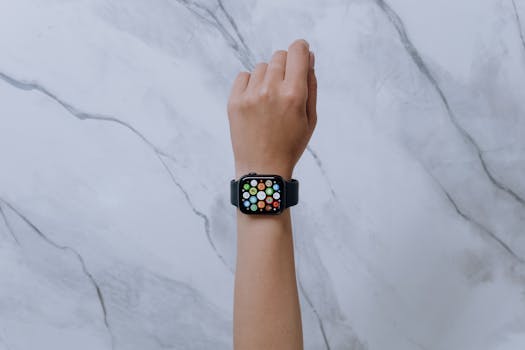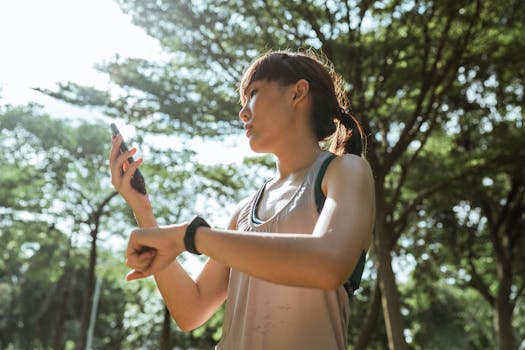
Table of Contents
- Introduction
- Smart Home Technology
- Wearable Technology
- Health and Fitness Apps
- Virtual Reality and Meditation
- Conclusion
Introduction


Smart Home Technology

Moreover, smart lighting systems can be programmed to change according to the time of day or your mood. Imagine coming home to a well-lit space that welcomes you after a long day. Additionally, smart security systems provide peace of mind with real-time monitoring and alerts, ensuring that your home is safe even when you are away.
As we continue to embrace smart home technology, the focus is not just on convenience but also on sustainability and energy efficiency. These innovations contribute to a healthier environment while enhancing our daily routines.
Wearable Technology

Fitness trackers encourage a more active lifestyle by setting daily step goals and providing feedback on physical activity. Many of these devices integrate with mobile apps, allowing users to analyze their data and make informed decisions about their health and fitness.
Furthermore, the rise of health-monitoring wearables has opened doors for preventive healthcare. With continuous monitoring of vital signs, users can detect potential health issues early and consult with healthcare professionals, promoting a proactive approach to health management.
Health and Fitness Apps
Mobile applications dedicated to health and fitness are transforming how we approach wellness. From meal planning to guided workouts, there’s an app for almost every aspect of healthy living. Apps like MyFitnessPal help users track their dietary intake, ensuring they meet their nutritional goals.
Workout apps provide various routines that cater to different fitness levels, making it easier for individuals to exercise at home or on the go. Many of these apps also incorporate community features, allowing users to connect with others, share progress, and stay motivated.
Moreover, mental health apps are becoming increasingly popular. Platforms like Headspace and Calm offer guided meditation and mindfulness exercises, helping users manage stress and improve their mental well-being. These resources are invaluable in our busy lives, providing tools for relaxation and self-care.
Virtual Reality and Meditation

Additionally, VR can be used for therapeutic purposes, allowing individuals to confront fears in a controlled environment or engage in guided therapy sessions. The potential for VR in mental health treatment is vast, offering new ways to support emotional well-being.
As these technologies continue to evolve, they open up exciting possibilities for enhancing our lifestyle and improving our overall quality of life.




